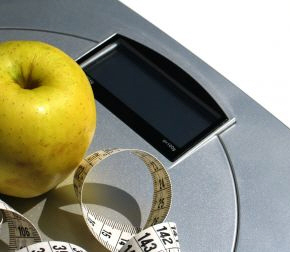People who exercise often want to know how many calories they are burning. Many of today's machines have this function built right into the processor. In fact, even some of the older model machines will give the athlete a good indication of how many calories they've burned while doing their daily routines.
Athletes who don't use machines though often have the same questions. How many calories burned running vs. walking? Some say that calories burned running vs walking is the same. But the truth is very different. And it isn't what you may think.
The truth is that speed does matter; as well as how much weight is being carried and how much oxygen is burned. It's a combination that can work to your advantage to walk quickly or run slowly or run quickly. And you can anticipate those numbers to give yourself the best advantage when working toward burning the most number of calories.
The calories burned running vs. walking has been studied from different angles and at different universities. In a study published in Medicine & Science in Sports and Exercise researchers measured the actual calorie burn of 12 men and 12 women while running and walking. The results showed that the men, who weighed more, burned more calories and in both groups the running burned more calories than the walking.
Part of the explanation for these differences is based on oxygen consumption. For every liter of oxygen you consume you will burn 5 calories. And because running involves the consumption of more oxygen it stands to reason that it also burns more calories. However, when the body weight is great and the physical abilities of the body are limited walking also increases oxygen consumption.
In general, controlling for weight, physical abilities and oxygen consumption the differences between calories burned running vs walking is that runners burn an average of 10 calories each minute while walkers burn an average of 5 calories per minutes.
But, let's look at this equation. If an obese man with poor physical abilities walks quickly his calorie burn will be greater because of the increased oxygen consumption and weight. But as his physical ability increases and weight decreases the number of calories burned for the same perceived effort will be less.
There is a distinct advantage to running when comparing calories burned running vs. walking. That advantage is the decreased amount of time needed to burn the same number of calories. This is an advantage that many runner find fits well in the fast paced, little off-time society in which we live. When an athlete has only 20 minutes to work out they can burn 200 calories as opposed to the 100 calories a walker will burn.
However, running has been known to increase the wear and tear on the cartilage and discs of the knee and hip joints. The increase amount of weight that lands on those joints throughout a run or jog puts added stress to the joints. Walking quickly may also increase the oxygen consumption and therefore the calories burned without adding stress to the knee and hip joints. Walking quickly could be that happy medium that may help athletes to continue working out when the knees and hips are complaining from the pounding.







